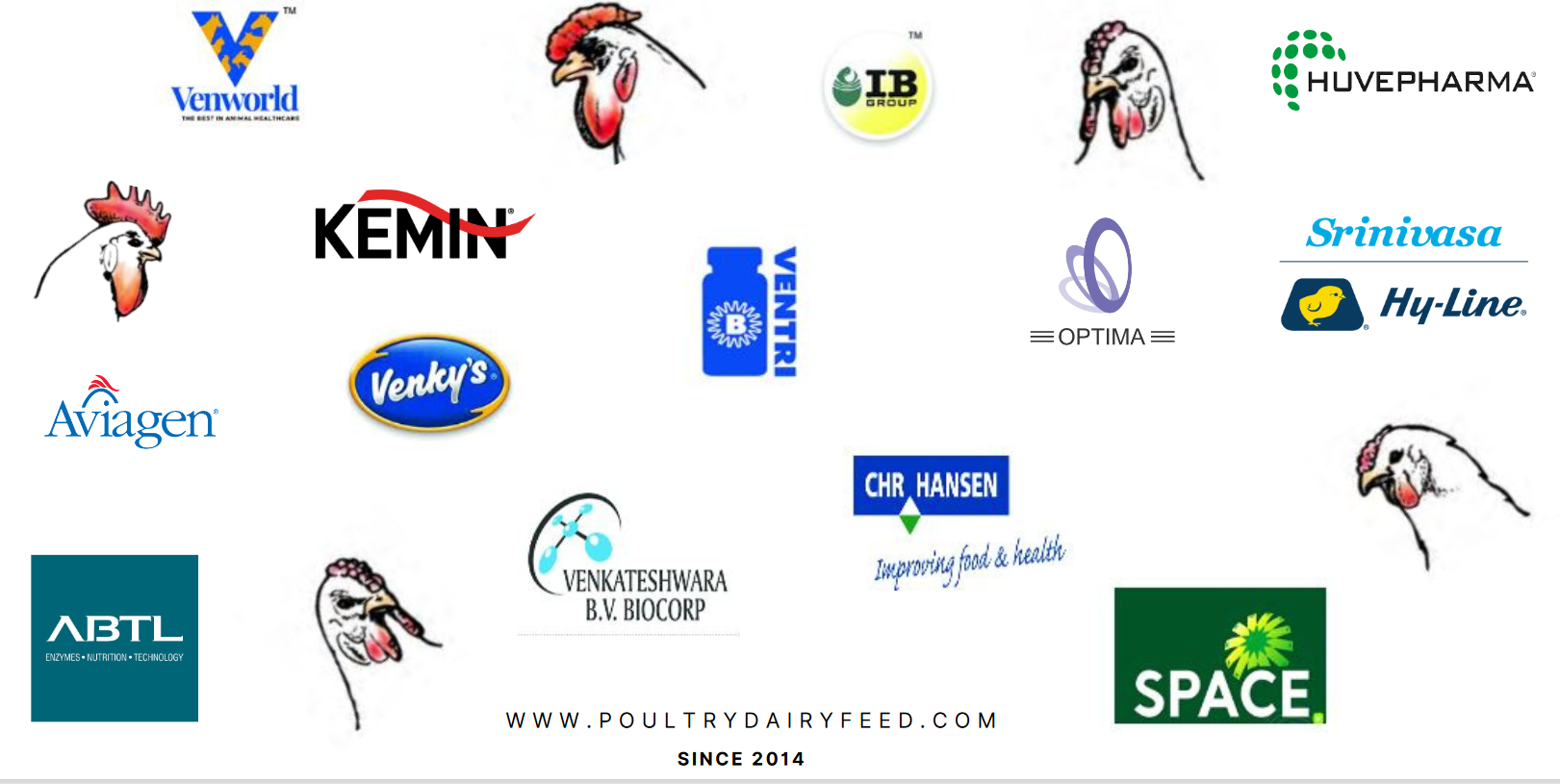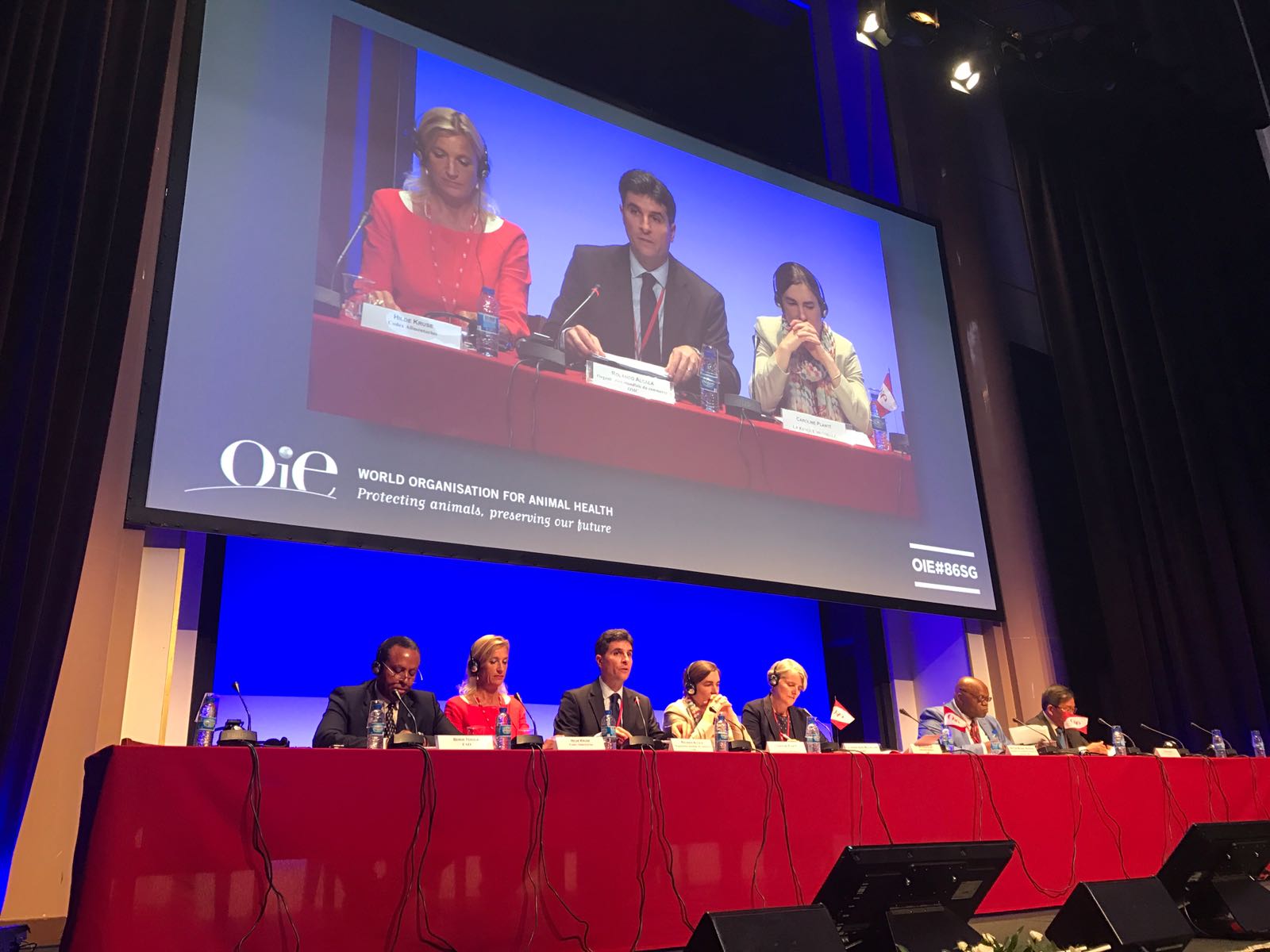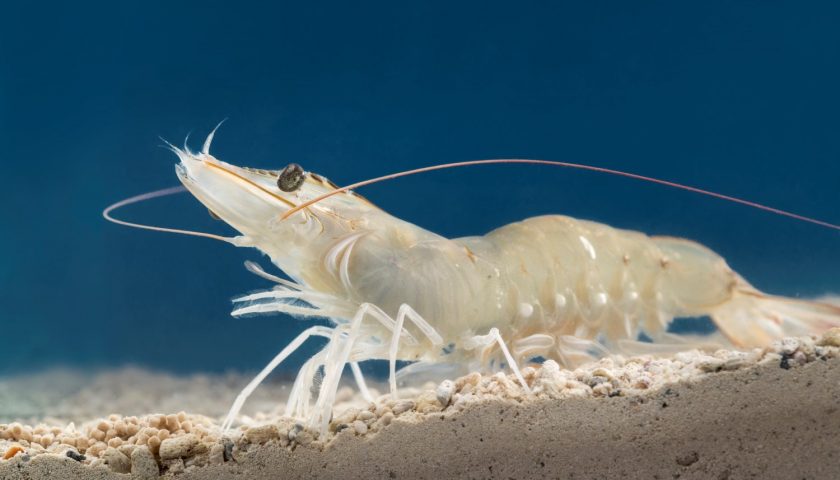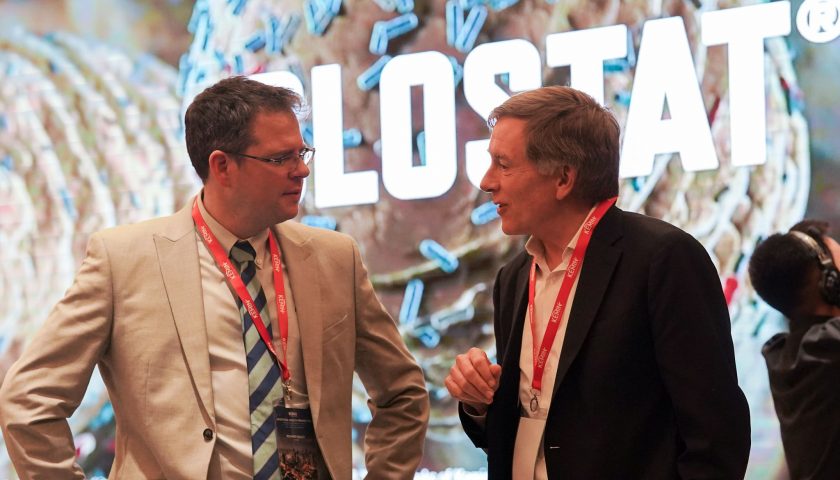The first-ever Annual Report stemming from the Observatory of the World Organization for Animal Health (WOAH) provides an encompassing view on the implementation of international standards on animal health and welfare by its Members.
WOAH international standards provide guidance on a wide range of aspects related to disease prevention and control, animal welfare and veterinary public health. They also contribute to ensuring the safe and fair international trade of animals and animal products. With these goals in mind, our Organization regularly draws on the latest advances in science to make sure that our standards are relevant, accurate and up to date.
However, translating these standards into national legislative frameworks is not always easy for policymakers, who may face various challenges pertaining to their local context. Then, how do we know the extent to which these measures are being implemented? How can we identify and address the hurdles met by Members along the way? And how can we improve our practices to better support our Membership?
Today, WOAH launches the first-ever Observatory Annual Report, which provides some valuable answers to these questions. A major endeavour of the Programme, the Report gives an insight into the implementation of a broad selection of WOAH standards. The document includes more than 100 indicators grouped into twelve sections. Each of them dives into a different topic and area of interest, from emergency preparedness to the One Health approach. Findings presented in this Report outline for the first time a global perspective of Members’ adherence to standards. At the same time, they raise awareness of some of the current gaps in their implementation. The report also suggests how they could be filled by improving practices at the national level and how Members could benefit from more tailored support.
The Observatory was launched to make sense of an ever-increasing flow of information and represents today a key component of WOAH’s digital transformation . To do so, the programme measures capabilities and performances, carries out analyses and draws conclusions from the gathered information. Data is collected from multiple sources relevant to the selected standards, analysed and compiled in the form of Annual Reports.
Worthy of note in this first edition of the Observatory Annual Report are the recommendations outlined at the end of each section. Targeting WOAH’s activities as well as national Veterinary Services and Aquatic Animal Health Services, these recommendations are meant to advance expertise, build knowledge and help Members advocate for the optimal integration of WOAH standards into national legislations. Their goal is to make Animal Health Services better equipped to deal with existing challenges. The report’s recommendations are also valuable inputs for the Organisation itself, as they will enable WOAH to deepen its understanding of the implementation of standards across regions, maximise its support to them and inform its future work on data collection and analysis.
WOAH wishes to continue to look at the bigger picture of standards implementation. In doing so, the Organisation will also strengthen its digital transformation plan and overall improvement of data management. In a world where data continue to push for positive change, we hail the Observatory Annual Report as an important milestone that will drive this mission forward.
Courtesy: OIE





